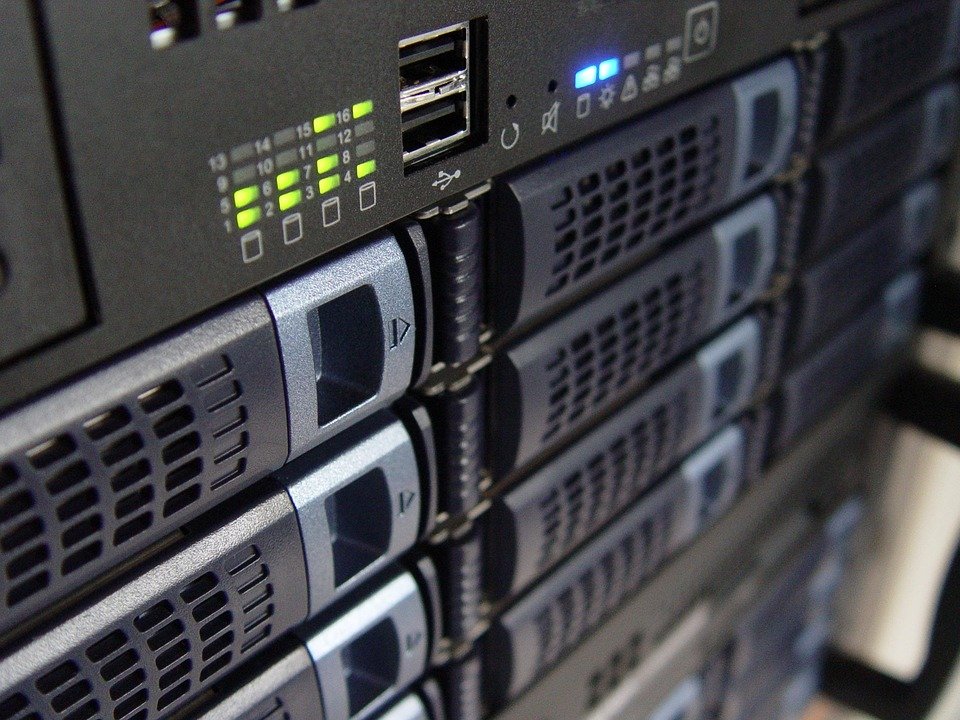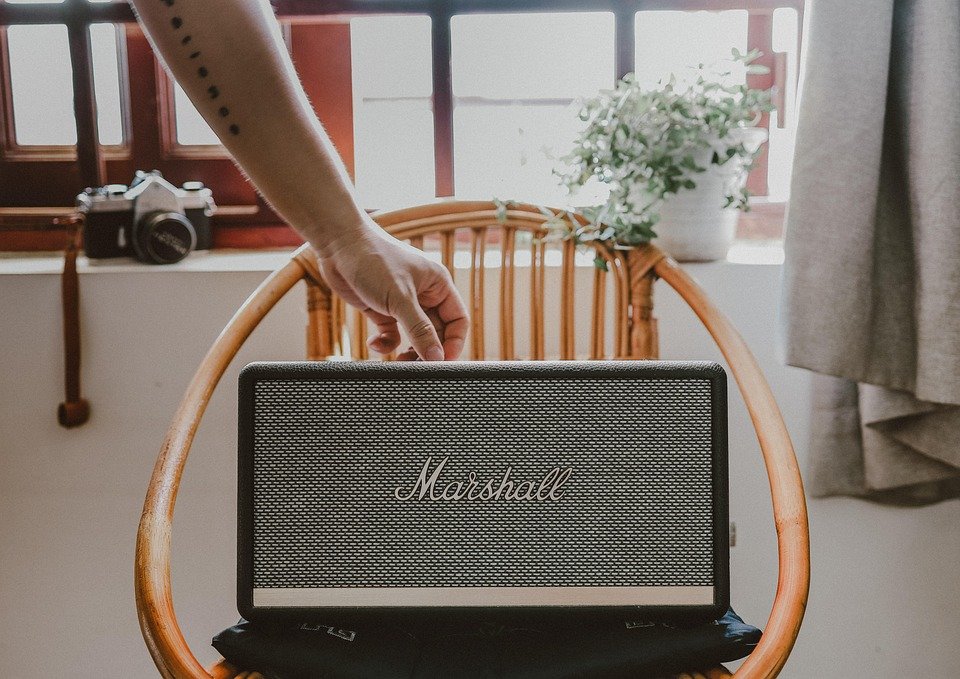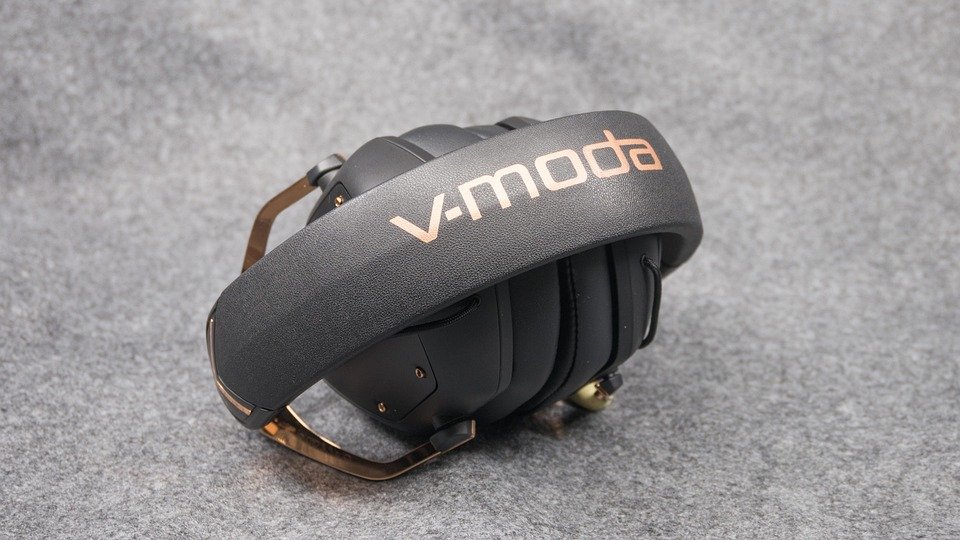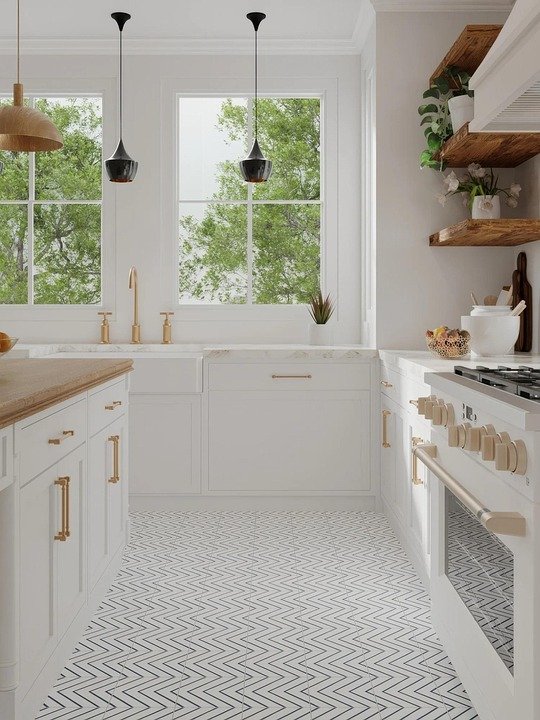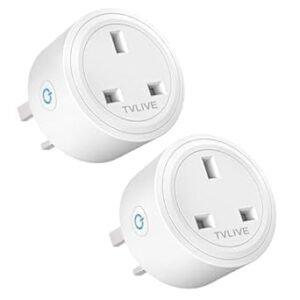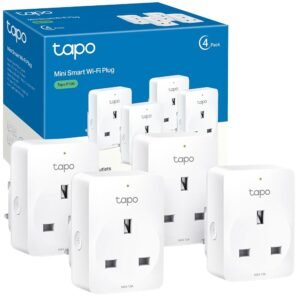Beyond Convenience: Smart Homes Focus on Health, Security & Sustainability in 2025

The Purposeful Smart Home: Beyond Buttons & Gadgets to Health, Security & Sustainability in 2025
Remember the early smart home hype? Voice-controlled lights, remote thermostat tweaks – convenient novelties that sometimes felt more like solutions in search of problems. Fast forward to 2025, and a profound shift is underway. The truly smart home has matured, shedding its novelty skin to embrace a far more critical mission: proactively safeguarding our health, ensuring our security, and building a sustainable future. Welcome to the era of the Purposeful Smart Home.
Evolving Beyond Convenience:
While turning on the coffee pot from bed is still nice, it’s no longer the headline. Rising costs of living, heightened health awareness, global climate urgency, and complex security threats drive a demand for technology that delivers tangible, essential value. Smart homes are responding by becoming integrated, intelligent ecosystems focused on fundamental human needs and planetary responsibility.
Pillar 1: The Health Guardian Home
Smart homes in 2025 are increasingly our silent health partners:
- Advanced Air Guardians: Sensors now detect far more than CO2. They monitor ultrafine particulates (PM1.0), volatile organic compounds (VOCs), allergens like pollen and pet dander, and even pathogens. AI correlates this data with weather, pollution maps, and HVAC usage, automatically optimizing air purification (using hospital-grade HEPA + active carbon filters), ventilation (timed smart vents), and humidity levels to create truly health-optimized air.
- Wellness Sentinels: Ambient sensors analyze sleep patterns via subtle movements and sound (without wearable discomfort). Smart mirrors use non-intrusive optics for pulse rate and skin health indicators. Kitchen scales identify nutritional gaps. Bathroom sensors discreetly monitor hydration through waste analysis. All data is synthesized into personalized wellness dashboards, offering actionable insights before health issues escalate.
- Proactive Senior Care: For the elderly living independently, AI algorithms detect anomalies in routines – unusually long inactivity, skipped meals, falls (via advanced lidar and point cloud radar sensors, respecting privacy more than cameras). These trigger alerts to designated caregivers, providing critical peace of mind.
- Light Optimization: Circadian lighting systems dynamically adjust color temperature and intensity throughout the day, syncing with your natural rhythms to improve sleep quality, mood, and daytime alertness. Light therapy for Seasonal Affective Disorder (SAD) is seamlessly integrated.
Pillar 2: The Intelligent Security Shield
Security is no longer just alarms and cameras; it’s predictive and proactive:
- Predictive Perimeter Defense: Sensors (seismic, acoustic, lidar) analyze patterns beyond simple motion. AI distinguishes between strong winds on shrubs and someone testing a window latch. It learns typical delivery times and recognizes neighborhood pets versus unusual nighttime visitors. Suspicious activity triggers targeted perimeter lighting or sirens before a breach occurs, actively deterring crime.
- Intelligent Access Reinvented: Facial recognition and multi-factor authentication (biometrics + device) for entry offer unprecedented security. Wearable authentication rings eliminate phone dependence. "Virtual Guardianship" simulates presence with randomized lights, TV sounds, and even vacuum noises when homeowners are away.
- Environmental Hazard Monitoring: Proactive sensors continuously check for water leaks (using remote sensing inside walls), the faintest traces of natural gas or carbon monoxide (earlier than traditional detectors), and electrical anomalies indicating potential fire hazards. They don’t just alert; they can automatically shut off water mains or engage whole-house fire suppression systems like misting.
- Privacy by Design: Security increasingly leverages local Edge AI processing. Sensitive data (like raw video feeds of your home) is analyzed on the device itself, triggering actions without constantly streaming to the cloud, fundamentally enhancing user privacy.
Pillar 3: The Conscientious Sustainable Hub
Smart homes are central players in the fight against climate change:
- AI-Powered Efficiency: Algorithms deep dive into past usage, weather forecasts, occupancy patterns, and even real-time energy grid data. They don’t just schedule heating/cooling; they optimize entire systems – coordinating appliances, EV charging, battery storage, and solar generation – to maximize self-consumption and minimize grid reliance during peak (high-cost, high-carbon) hours.
- The EV as Home Battery: Bidirectional charging (V2H – Vehicle-to-Home) becomes mainstream. Your EV acts as a massive home battery, storing solar energy and supplying power when needed (e.g., during outages or peak times), stabilizing the local grid and dramatically reducing fossil fuel dependence. Energy management platforms sovereignly control this complex energy ecosystem.
- Resource Intelligence: Advanced water monitors pinpoint leaks anywhere in the system instantly and track overall consumption, suggesting conservation strategies tailored to your usage. Smart irrigation systems react to hyperlocal weather data and soil moisture sensors. Waste monitoring systems optimize collection routes for municipalities.
- Material Consciousness: Homebuilders integrate sustainability from the ground up. Smart windows transition from passive features to dynamic systems managed by core hubs. Sustainable building materials and energy-generating surfaces (think solar-integrated roofs/facades) become standard where viable, monitored for performance via integrated sensors.
The Glue: Integration, Interoperability & Intelligence
This shift relies critically on Matter, the universal smart home standard. In 2025, Matter 2.0 and beyond ensure devices from different brands seamlessly communicate, creating a truly unified ecosystem where health, security, and sustainability data work together. Centralized AI home brains manage everything as a coordinated, holistic system. For example, the system knows: detecting elevated heart rate during sleep + unusual room temperature + outdoor pollution spike -> recommends cooling bedroom + boosting air purification + schedules relaxation routine.
Challenges Remain:
- Cost and Equity: Advanced systems have an entry cost. Broader adoption requires financing models, incentives, and scaled production.
- Privacy & Security: Gathering intimate health and behavioral data necessitates robust security and transparent, user-controlled data policies. Trust is paramount.
- Interoperability: While Matter improves this, older ‘dumb’ infrastructure and complex retrofits remain hurdles.
The 2025 Verdict:
The smart home in 2025 is far removed from voice-controlled trivia. It’s an aspirational, integrated ecosystem designed with profound purpose: protecting what matters most – our well-being, our safety, and the planet we inhabit. It’s no longer just convenient; it’s increasingly essential and, crucially, purposeful. As technology advances and integration deepens, the truly smart home is finally realizing its potential as a partner in building a healthier, safer, and more sustainable future for all. The buttons are still there, but they’re enabling something much bigger.




